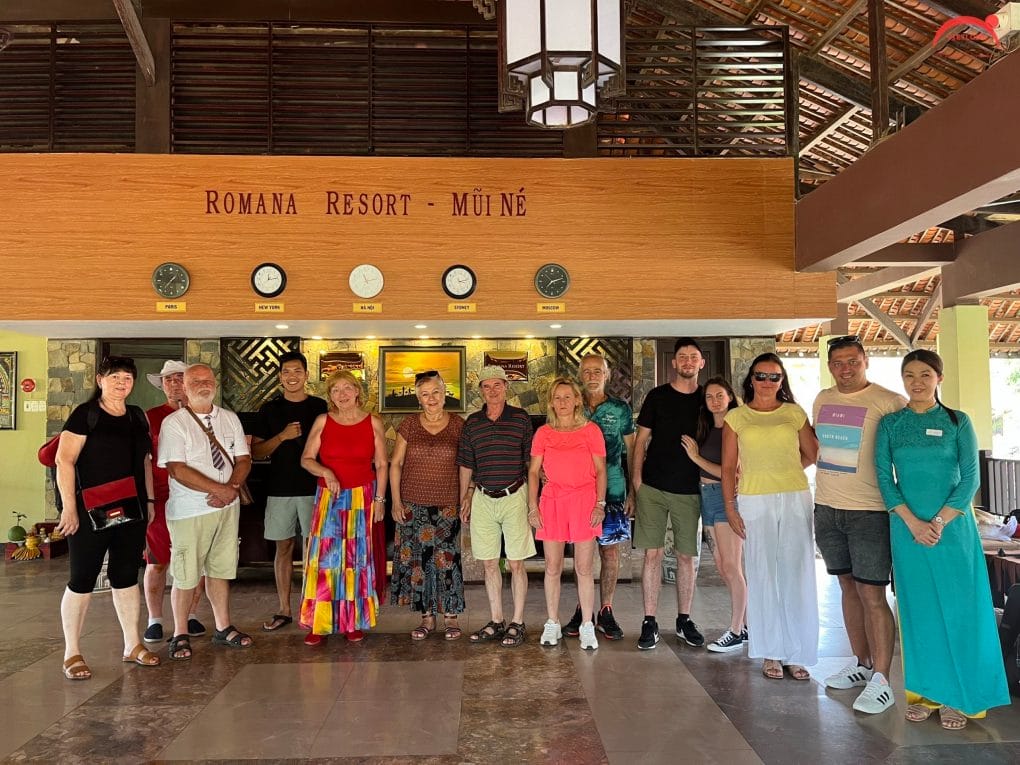THE TRINH LORDS (1533–1789 )
The Trinh Lords traced their decent from Trinh Kha, a friend and advisor to Le Loi and for nearly a decade, the real power behind the throne of the boy-king Le Nhan Tong. During the reign of the great Vietnamese king Le Thanh Tong, one of his top generals was the possibly related – Trinh Van Sai. The Trinh Lords ruled reasonably well, always keeping up the fiction that the real king was the Le monarch. However, they selected the king, they replaced the king when they felt like it and they had the hereditary right to appoint many of the top government officials. Unlike the Nguyen Lords, who engaged in frequent wars with the Khmer Empire and Siam, the Trinh Lords maintained fairly peaceful relations with neighboring states.
The Trinh Lords did get involved in a war in Laos starting in 1694. This turned into a multi-sided war with several different Laotian factions and also the army of Siam. By 1704 the situation in Laos had settled into an uneasy peace with three new Lao kingdoms paying tribute to both Vietnam and Siam.
Trinh Can and Trinh Cuong made many reforms of the government, trying to make it better, but these reforms made the government more powerful and more of a burden to the people which increased their dislike of the government. During the wasteful and inept rule of Trinh Giang, peasant revolts became more and more frequent. The key problem was a lack of land to farm, though Trinh Giang made the situation worse by his actions. The reign of his successor Trinh Doanh was completely filled with putting down peasant revolts and wiping out armed gangs that terrorized the countryside.
THE TRINH – NGUYEN ALLIANCE
The Le kings following Le ThAnh Tong were weak and the years following the death Le Tuong Duc (in 1516 saw the rise to power of the strong, cunning, and ambitious man Mac Dang Dung. In 1520, fearing the ambition of Mac Dang Dung, the Nguyen and the Trinh left the capital Hanoi (then called Dong Quan) and fled south, taking the young new king Le Chieu Tong “under their protection”.
This was the start of a civil war with Mac Dang Dung and his supporters on one side and the Trinh and the Nguyen on the other side. Thanh Hoa province, the ancestral home to the Trinh and the Nguyen , was the battle ground between the two sides. After several years of warfare, the young king, Le Chieu Tong, was assassinated in 1524 by Mac Dang Dung’s supporters. A short time later the resistance collapsed and both the Trinh and the Nguyen leaders were executed.
However, this was just the end of the first phase of the civil war because in 1527 Mac Dang Dung usurped the throne. He killed his own puppet king Le Cung Hoang and started a new dynasty, the Mac Dynasty. Within months the civil war broke out anew. Both the Trinh and Nguyen clans again took up arms in Thanh Hoa province and revolted against the Mac. The leader of this second revolt was Nguyen Kim. His daughter then married the new young leader of the Trinh clan Trinh Kiem. Within five years all of the region south of the Red River was under the control of the Nguyen-Trinh army but the two families were unable to conquer Hanoi.
The armies of Nguyen Kim and Trinh Kiem captured the summer palace and crowned their own puppet Le king – Le Trang Tong – in 1533 (in Vietnamese histories this date marks the beginning of the 2nd half of the Le Dynasty). The war raged back and forth with the Nguyen-Trinh army on one side and the Mac on the other until an official Chinese delegation determined that Mic Dang Dung’s usurpation of power was not justified. In 1537 a very large Chinese army was sent to restore the Le family. Although Mac Dang Dung managed to negotiate his way out of defeat by the Chinese, he had to officially recognize the Le King and the Nguyen-Trinh rule over the southern part of Vietnam but the Nguyen-Trinh alliance did not accept the Mac rule over the northern half of the country and so the war continued.
THE TRINH – NGUYEN WAR
In 1620 after the enthronement of another figurehead Le King (Le Than Tong), the new Nguyen leader, Nguyen Phuc Nguyen, refused to send tax money to the court in Hanoi. In 1623, Trinh Tung died, he was succeed by his oldest son Trinh Trang. After five years of increasingly hostile talk, fighting broke out between the Trinh and the Nguyen in 1627. While the Trinh ruled over much more populous territory, the Nguyen had several advantages. First, they initially were only defending, they rarely launched operations into the north. Second, the Nguyen were able to take advantage of their contacts with the Europeans, specifically the Portuguese, to purchase advanced European cannons. Third, the geography was favorable to them, as the flat land suitable for large organized armies is very narrow at this point, the mountains nearly reach to the sea.
After the first offensive was beaten off after four months of battle, the Nguyen built two massive fortified lines which stretched a few miles from the sea to the hills. These walls were built north of (between the Nhat Le River and the Song Huong River). The walls were about 20 feet tall and seven miles long. The Nguyen defended these lines against numerous Trinh offensives which lasted from till 1673.
In 1673 the Trinh Lord, Trinh Tac concluded a peace treaty with the Nguyen Lord, Nguyen Phuc Tan, and so Vietnam was divided between the two ruling families. This division continued for the next 100 years.
THE END OF TRINH LORDS
The long peace came to an end with the Tay Son revolt in the south against the Truong Phuc Loan, the regent of the Nguyen Lord. The Tay Son rebellion was looked upon by the Trinh Lord, Trinh Sam, as a chance to finally put an end to the Nguyen rule over the south of Vietnam. As was usual, a dynastic struggle among the Nguyen had put a weak 12 year-old boy in power. The real ruler was the corrupt regent named Truong Phuc Loan. Using the evil rule of the regent as an excuse for intervention, in 1774, the hundred year truce was ended and the Trinh army attacked. Trinh Sam’s army did what no previous Trinh army had done and conquered the Nguyen capital Phu Xuan (modern-day Hue) early in 1775. The Trinh army advanced south but after some fighting with the Tay Son, a truce was reached. This truce allowed the Tay Son army to conquere the rest of the Nguyen lands. The Nguyen Lords retreated to Saigon but even this city was captured in 1776 and the Nguyen clan was nearly all killed.However, the Tay Son were not willing to be servants of the Trinh Lords and after a decade consolidating their power base in the south, the chief Tay Son brother Nguyen Hue marched into north Vietnam in 1786 at the head of a large army.
The Trinh themselves were fatally divided at this time by a struggle for power following the death of Trinh Sam in 1782. The Trinh army refused to even fight the powerful army of Nguyen Hue. The new Trinh Lord, Trinh Khai fled from his rebellious army and then committed suicide after being captured by a small band of rebellious peasants. The last Le king – Le Chieu Tong, fled to China and formally petitioned the Manchu Emperor Qianlong for aid against the peasant userpers. The Manchu responded by sending a large army into Vietnam to restore the Le king. The Manchu army captured Hanoi in 1788. The last Trinh Lord, Trinh Bong, took the position as defacto ruler but this was short-lived. Nguyen Hue was able to rally his forces and, like Le Loi before him, he inflicted a crushing defeat on the Chinese army. The Chinese retreated leaving Nguyen Hue (now calling himself Quang Trung) in control of a united Vietnam.
The Le family fled north to China along with the Trinh family. About 100 years later, the last of the Trinh returned to Vietnam as ordinary citizens.






